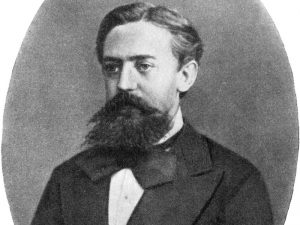This course is taught at the University of Edinburgh at advanced undergraduate and Masters levels.
This course has a policy of continual improvement. The modules are in the process of being updated for 2024/25.

Module 0 - getting started
Start here! Gives an introduction to the course, explains how the course is delivered, and describes the computing environment you will need.

Module 1 - Phonetics and Representations of Speech
An introduction to phonetics and how we can visualise speech

Module 2 - Acoustic Phonetics
We can analyze differences in the articulation of vowels and consonants in in terms of acoustic phonetic features

Module 3 - Digital Speech Signals
What are spectrograms really? An introduction to Digital Signal Processing and the Discrete Fourier Transform

Module 4 - the Source-Filter Model
Building on our understanding of the digital signal processing, we look at source-filter model from more of an engineering perspective

Module 5 - speech synthesis - phonemes and the front end
Pronunciation, including letter-to-sound models, and predicting prosody. All these tasks can be done with Classification And Regression Trees (CARTs).

Module 6 - Speech Synthesis - waveform generation and connected speech
Manipulating recorded speech signals to create new utterances.

Intermission
Some notes about the course structure, a look back to what you have learned so far, and what is coming up.

Module 7 - Speech Recognition - Pattern matching
The most basic way to recognise speech is by comparing the speech to be recognised with stored reference examples.

Module 8 - Speech Recognition - Feature engineering
To get the best out of machine learning, we can prepare features that reflect our knowledge of the problem, and suit our chosen model.

Module 9 - Speech Recognition - the Hidden Markov Model
We now replace pattern matching with a generative model that is learned from data.

Module 10 - Speech Recognition - Connected speech & HMM training
HMMs extend easily to connected speech so finally we put everything together to make a complete speech recognition system. We'll also learn how to train an HMM from data.

Milestones
To keep on track, check your progress against these milestones. Try to stay ahead of them if you can.

Marking policy
The policy is positive: it encourages you to attempt all parts of the coursework and exam, and rewards both partially-correct and fully-correct work.















